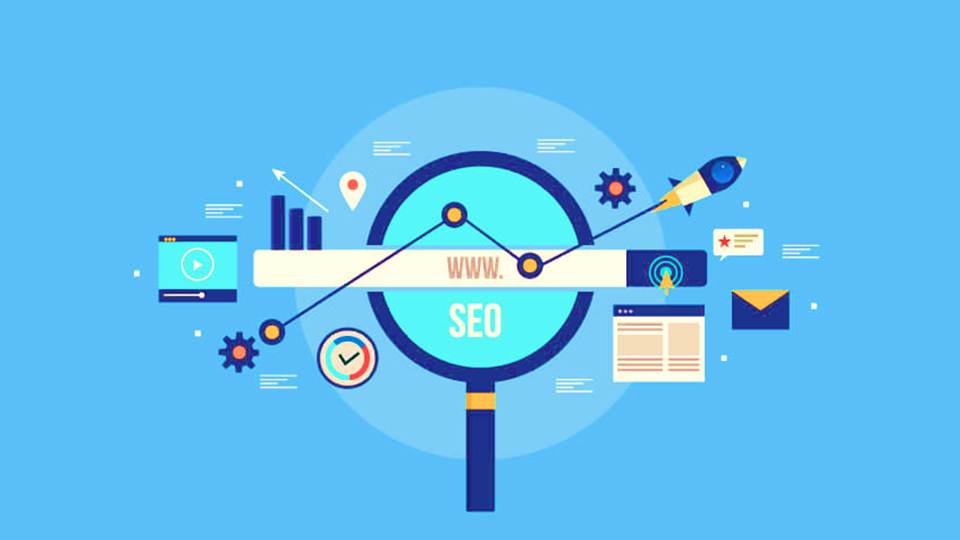Search Engine Marketing
The concept behind Search Engine Marketing is quite simple: when a consumer search or business by clicking on the Web, either through a text box or through a directory hierarchy, he or she is in the “mode search.” This psychological state is unique because it tells the search engine (and suppliers) that the person seeking information, often commercial, direct or indirect nature.
Marketer understand that this “hunting mode” means that the search can be good at the beginning, middle or end of the buying cycle. When researching a product or service to meet immediate and future needs is a special condition: they want relevant information and are open to digestion and act on the information at hand, thanks to a search engine. This makes search engine results some of the best sources of targeted traffic, whether that traffic originates from the lists of “organic” search results not paid or paid advertising.
Many sellers think in search results engines or SERP (Search Engine Results Page) provide pure text results. The truth is that the result of a combination of text, images, video, audio and other files can be. In the United States, not only the search engines are Google, Yahoo and Bing; including e-commerce sites like eBay and Amazon, as well as specialized search engines like YouTube and Hulu videos, search engines restaurant, “people” search engines like LinkedIn or business directories online for local results, including IYPs (Internet yellow pages) and websites like Yelp, Angie’s list, and others.
Many countries have general-purpose engines and specialized search underway locally to meet the needs of the population, “countries.
In addition, new forms of search is also developing rapidly, including voice search (voice search powered) and search within application environments.
Image search, is very important for every online business to appear your photo of products and images appear in the search engine like Google, Bing and so on.
All search engines use algorithms to try to provide the most relevant to each search engine results, taking into account not only the keywords that are used, but also the location of the user, device, operating system, the behavior of previous search and even identity. The best specific results of search algorithms (unpaid) paid or organic is happier than the search results. Since search engines competing for attention, eyes and ears of the researchers, is not a good incentive for improvement and innovation.
To harness the power of this source of targeted traffic, marketers must understand how to effectively use both paid and organic SEM realistic expectations and what they can expect all methods to achieve this.
engine only traffic follows:
the search engine traffic is a non-invasive method of marketing. Most advertising is imposed online and offline in the audience, interrupting their current activities. Search is unique in using a viewfinder when they seek knowledge or a solution. Searchers are on a mission – its “marketing just-in-time”.
search engine traffic comes from search behavior is driven by voluntary audience. This means that visitors to link search results (or otherwise involved in the search results) not simply selected to have their content (link, image, video or other format) from their peers, but chose to issue search He led the contents (ad – wezen or organic sample).
ANALYZER E-marketing is one of the best search engine marketer
“Organic” search engine marketing (organic search) combine the best methods of creativity, technology, ease of use, copy, online PR and marketing /. This is because many search engines base their relevancy algorithms on a combination of text they see on a page, the web, video or image page, and the information content of external elements such as links and user behaviors combine / time showed preferences for a domain, content source or specific content items.
Some marketers believe that there are “tricks” to improve the relevance of websites in search engines to spider (crawler tractors) based. Not only do some of these tricks do not work; many of them can lead to sanctions if negative relevance engines take steps to punish the sellers try to manipulate the search ranking and relevance. That said, there are still legitimate efforts behind organic SEO optimization reasons, including efforts in site design, content formats, optimization of clarity, to set the content and configuration of the server platform.
Ads and paid search is increasingly important in the minds of most providers paper “due to increased screen space, especially on mobile devices.
The following types of paid advertisements are the most common:
• Placing payment
• Paid inclusion
• Shopping Search
• Video ads Search
• The results for local searches
• List of ads
If new ways to improve Search by voice is an expectation in the industry that the announcement voice search will be displayed as well.
Find budget is not trivial. Good to allocate resources based on search visibility advertising and paid investment in SEO and content marketing is a difficult challenge for marketing departments.
Many marketers like to compare organic SEO to public relations or “earned media” because there is no guarantee of success, as the return on investments in the media were obtained (including SEO) a challenge to predict and sometimes difficult to measure. In both SEO and PR, marketers have the ability to hiring internal staff, bringing in consultants, or using an outside agency. The same options apply for paid search marketing.
All kinds of marketers can take advantage of a dialogue with a searcher; This search engine is facing a crisis, information is needed, or is willing to buy. If you are looking for in the search results when your customers or prospects, then their competitors. You can use this customer or prospect of a competitor who is always present losses. Sounds scary? You bet, and billions of dollars in services, and advertising revenue because of the importance of visibility search: are in the right place in the pages of search results at the perfect time.



